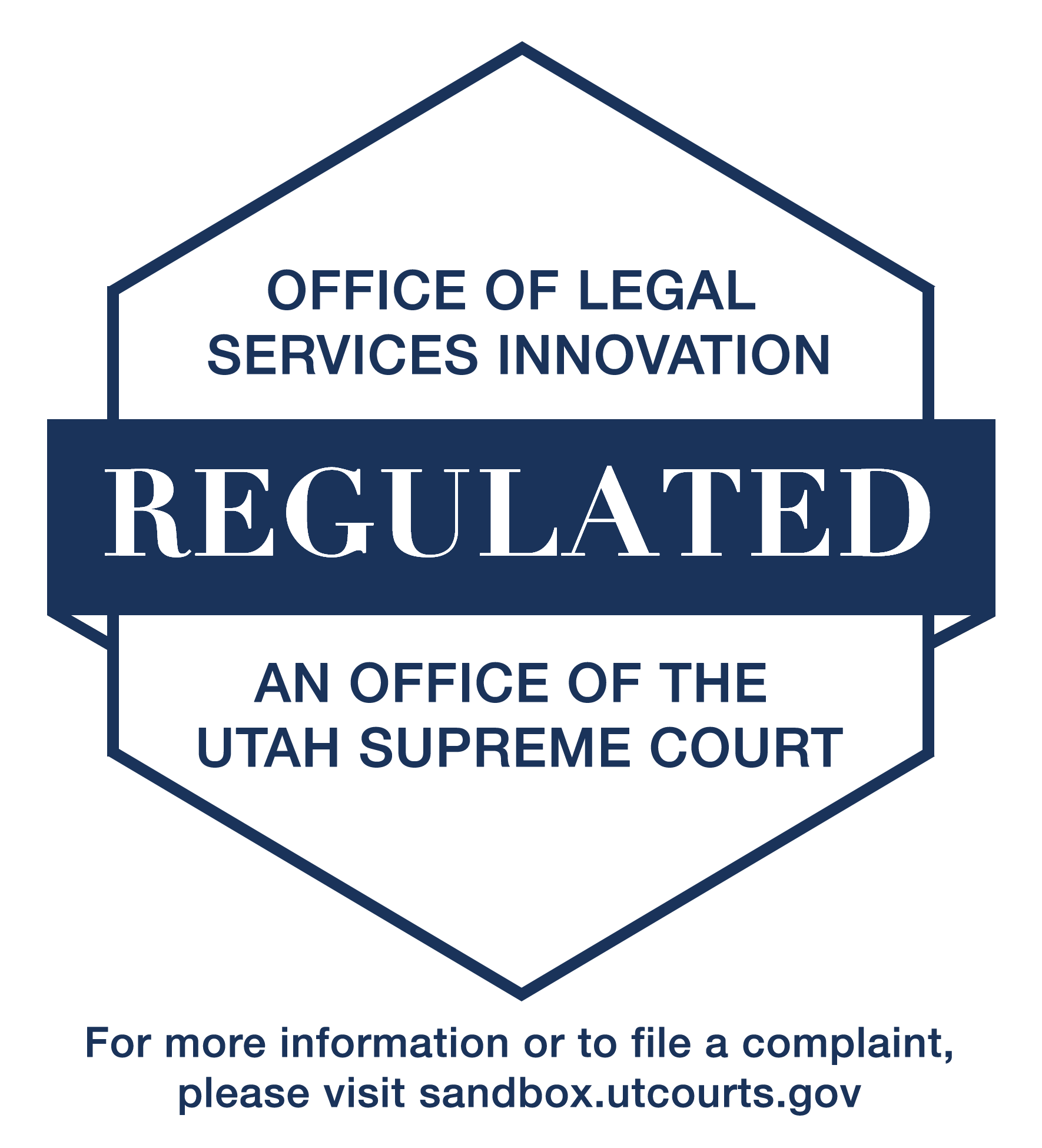Joint and several liability sounds like a mouthful, but the concept is easy to comprehend. Joint and several liability exists when there is a single plaintiff that has been harmed by multiple defendants. It becomes a little complex because it cannot be determined, how much, percentage-wise, each defendant is at fault. However, this does not become the plaintiff’s problem – rather, the plaintiff may sue either one or both of the parties for the entire judgment – apportionment of fault becomes the defendants’ problem.
When a plaintiff is harmed by multiple defendants, it is not necessary that both defendants cause the same exact harm. What is important is that the combination of their harm creates a single indivisible harm. A common example of joint and several liability is as follows: there are three people, a plaintiff, and two defendants. The two defendants are at the apex of opposite hills. The plaintiff is at the bottom, sandwiched between the two hills. Both defendants cause a fire. The fire travels downwards and ignites plaintiff’s home. Because both fires caused plaintiff’s home to burn and it cannot be determined which defendant’s fire burned plaintiff’s home, there is a single indivisible injury to the plaintiff.
Specifically, California has adopted a modified version of the old common law on joint and several liability. California law states that although multiple defendants are jointly liable for the entire amount of your economic damages, they are only severally liable for their apportioned percentage of fault as to non-economic damages. Because of the complexity in determining plaintiff’s damages or a defendant’s apportionment of fault, it is recommended that you seek an experienced personal injury attorney or professional to understand your rights.

Authored by Scott D. McDonald, Esq.
Scott McDonald is a California native who graduated from Pepperdine Law School in 2008. He has been aggressively litigating cases in Personal Injury and Bankruptcy Law for nearly a decade. Mr. McDonald prides himself in being anything but a “typical” attorney. His unique and very personal approach to practicing law has helped numerous clients obtain their goals and get the legal relief they need.
Mr. McDonald is also a member of 1LAW, which allows clients to obtain free legal support for basic matters and to stay in constant communication with him once retained.
To learn more about the advantages 1LAW provides to attorneys and individuals, visit 1LAW or register for free via the 1Law App.




